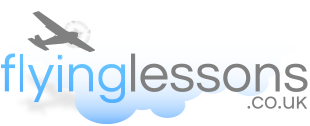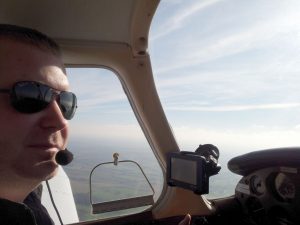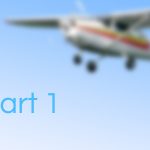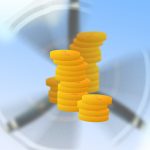
Without further ado, let’s get back to it with a look at serviceability.
Serviceability
The pilot’s aerial steed must also be in serviceable condition – but this doesn’t mean everything on the aircraft must be working. It’s acceptable to fly with some bits of kit out of service, provided they aren’t needed.
Every commercial aircraft, and now some private ones, have a Minimum Equipment List (or MEL) that sets the level of serviceability for given conditions. For example – if an aircraft is equipped with a landing light (some older ones aren’t) and it’s not working, then the MEL will probably allow daytime flight only. This can therefore mean that there are one or more unserviceable systems tagged as a “deferred defect” ie. not working, but still good to fly with. Common examples are pieces of navigation kit not needed for the route to be flown, or maybe various lights during the day.

Private pilots should not fly an aircraft below a certain minimum level of serviceability (there is an overall legal minimum for VFR flight), but will often find that certain routes need equipment above the minimum (going into busy airspace under radar control? Then only having one radio might be a bad judgement call, for example). Good pilots will exercise judgement as to whether or not certain pieces of equipment – whilst not legally required – are needed to safely complete the flight.
Pilot Currency
When you gain your license, you’ll also be issued with a rating for the class or type of aircraft to be flown. Whilst a type rating deals with a specific model of aircraft (such as a Boeing 747, which very few private pilots maintain on their license), normally a PPL will have a Single Engine Piston class rating – covering a wide range of aircraft that fall within the “aircraft powered by one piston engine below a certain weight” category. This rating must be kept current by flying a minimum number of hours every two years, plus at least some time with an instructor.
Given a current rating, every pilot is also bound by the 90-day rule. This legal rule stipulates that every pilot must have completed three take offs and landings in the class of aircraft flown during the last ninety days; otherwise they cannot carry passengers. Furthermore, most flying clubs or schools will have more stringent rules as well; for example, to have flown at least once in the last four weeks. These rules are intended to ensure you as a pilot stay in reasonable flying practise; if not, a quick retraining flight with an instructor may be required.
Pilot Condition
Finally – pilots are well advised to ensure they themselves are fit to fly! This consideration covers the basic (don’t go flying with a hangover, or worse) to the obvious (make sure you’re well rested, fed and healthy before flying) to the maybe not so obvious (since some aircraft do not have lavatory facilities, and can have airborne endurance times exceeding those of the average bladder, some pilots have a ‘never pass a toilet without going’ rule).
These considerations may sound daunting and time consuming; and indeed whilst it can take a good hour to fully prepare for a flight when training, you’ll find with practise and repetition the process can be safely streamlined.
Happy safe aviating!








